These vegan slider buns contain no dairy or eggs but still give us a fluffy, chewy bread perfect for your next BBQ. Use these vegan slider rolls for appetizers or a main course, but make enough for everyone because they're going to go fast.
Recipe: $1.19 | Per Serving: $0.10 | Servings: 12 buns
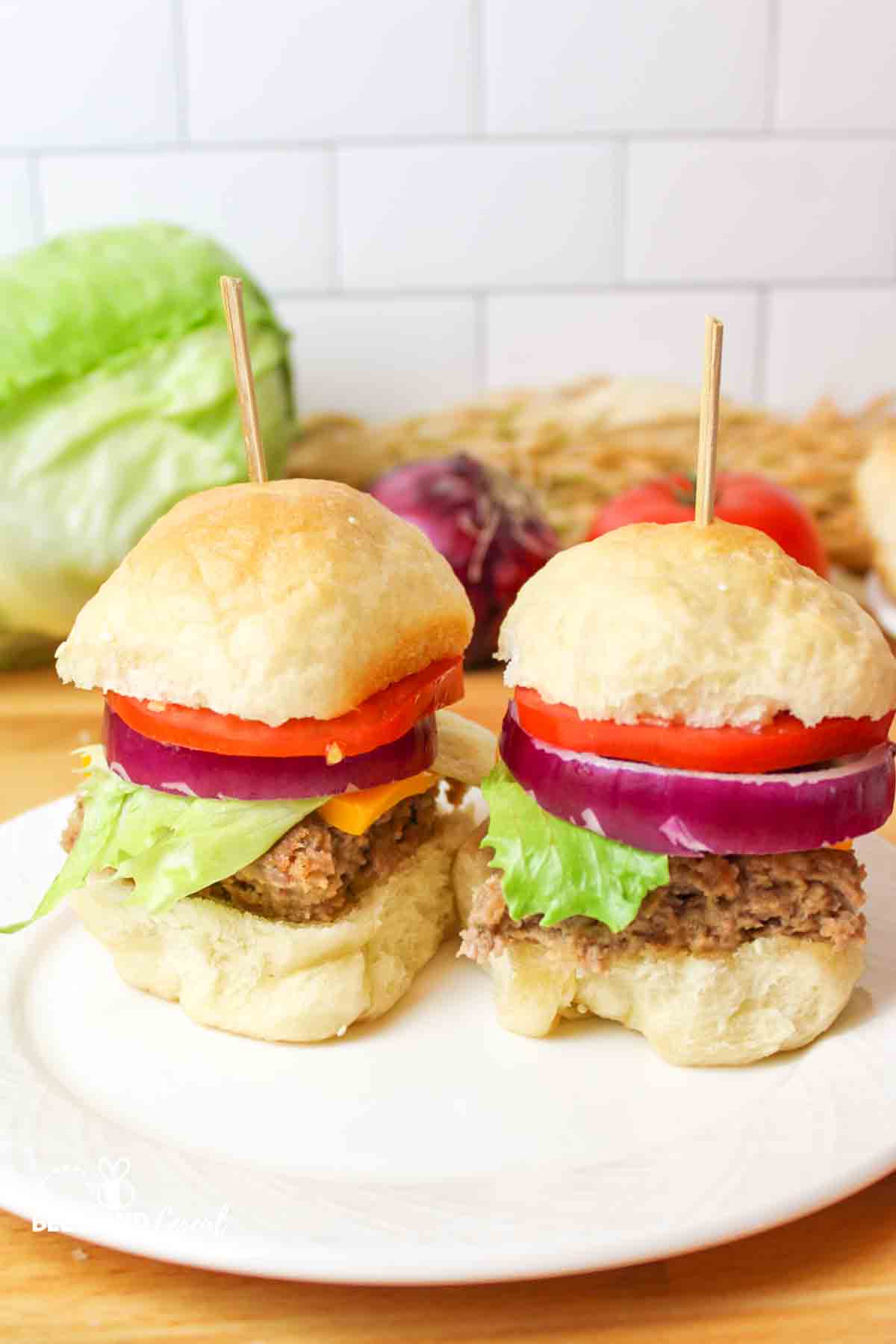
Use your mini slider buns for burgers or sandwiches when you want something small but easily handheld. Adapted from my 5 Ingredient White Bread Recipe, these sliders can be great for parties and tailgates because one batch makes plenty to share, and every sandwich is a perfect size.
Homemade slider buns are a delightful addition to any event. They offer all the flavor and texture you expect from traditional slider buns. Creating these buns at home allows you to control the ingredients and tailor them to your tastes too.
These are the BEST slider buns and are perfect for finger foods, tailgates, and more. Serve them up as regular-sized buns by making Vegan Hamburger Buns if you want.
Jump to:
🍯 Why This Recipe Works
- This easy slider recipe is perfect for any occasion. Sliders are great for lunches, appetizers, tailgates, party finger foods, and more. These buns have plenty of options and opportunities to show off. Add side dishes like Air Fryer Tortilla Chips and Tomato Jalapeno Salsa for more appetizer fun.
- They're easy. Made with just a few simple ingredients and a little prep work (about 10-15 minutes of active time), you get a wonderful batch of soft slider buns. They're almost like my Easy Yeast Rolls for Beginners recipe, but these are made to hold up to the fillings.
- They taste great with anything. Serve them up with your favorite burger patties and toppings, or use them to make other "slider favorites" like meatball subs, ham sandwiches, and more.
🥘 Ingredients
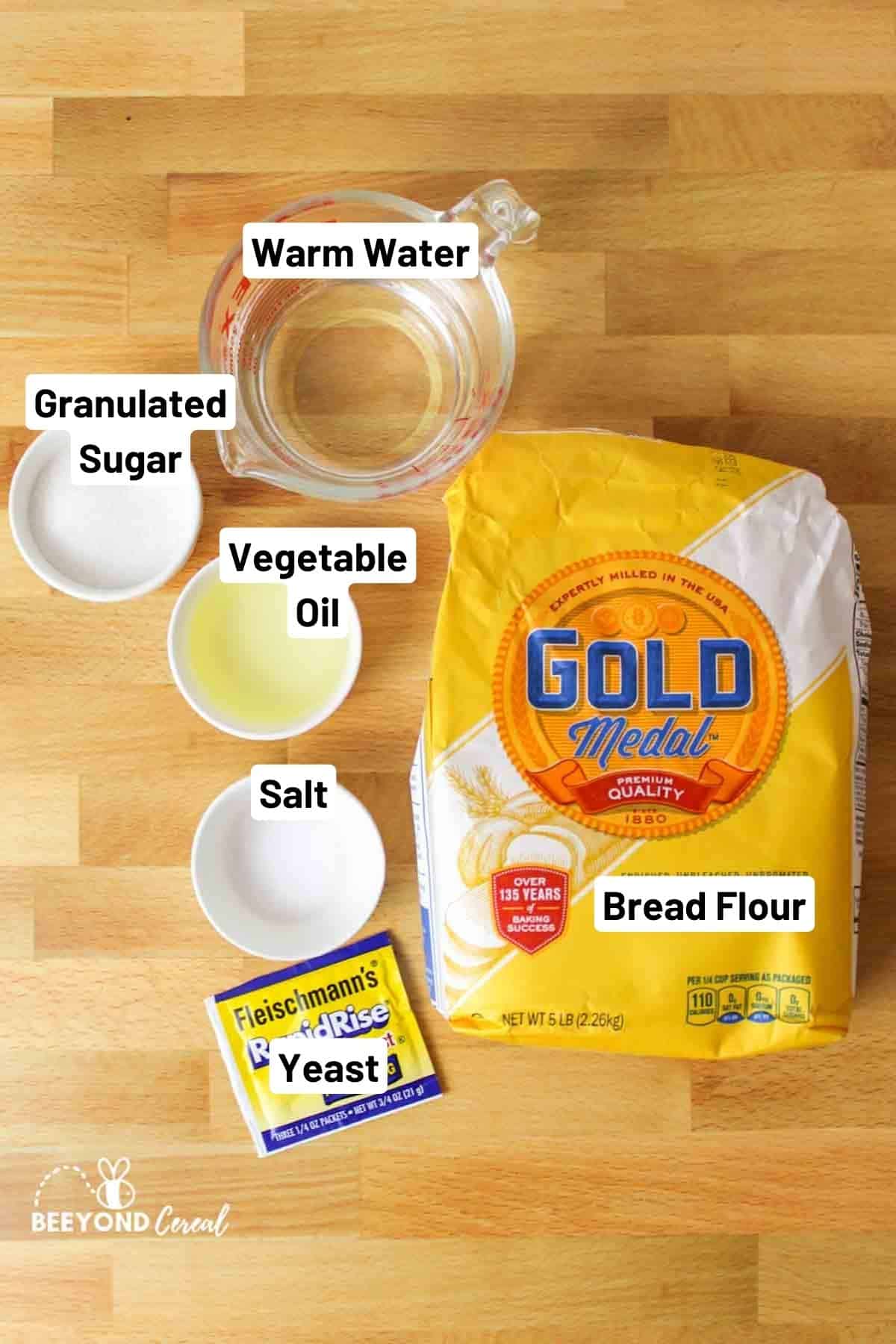
Ingredient Notes:
Flour- You can use all-purpose flour or bread flour, but I recommend bread flour for a nicer texture and flavor. The protein in it will help for a nicer crumb.
Water- Make sure that the water you use isn't too hot or too cold. A good rule of thumb is to make the water lukewarm, or 110 degrees F. Use an instant-read thermometer for more accurate results.
Sugar- This won't sweeten the bread, but it will help to feed the yeast so that it proofs the bread dough nicely.
For specific ingredients and measurements, please see the recipe card below.
🔪 Instructions for Vegan Slider Buns
Step 1: In a bowl, whisk together the flour, yeast, and salt.
Step 2: Make a well in the center and add to it the sugar, oil, and water.
Step 3: Stir to combine.
Step 4: Knead the dough on a floured surface for about 10 minutes until smooth and elastic. Feed it more flour as needed to get it no longer sticky. You may need to add up to another cup of flour.
Step 5: Place in a greased bowl and cover. Let rise until doubled, about 1 hour in a warm place.
Step 6: Punch down and divide into 12 equal sized pieces. I like to roll them into balls, flatten them and then tuck the edges up and underneath, so I create a rounded top (like a bell shaped mushroom) so that they bake with a smoother appearance on top.
Step 7: Place into a greased 9x13 baking dish. There will be space between each roll.
Step 8: Cover again and rise until doubled (about another hour). The rolls should be touching their neighbors now.
Step 9: Bake in the oven at 400 degrees F for 15 minutes or until golden brown on top.
Step 10: Brush the top with a vegan butter spread or olive oil immediately after removing them from the oven.
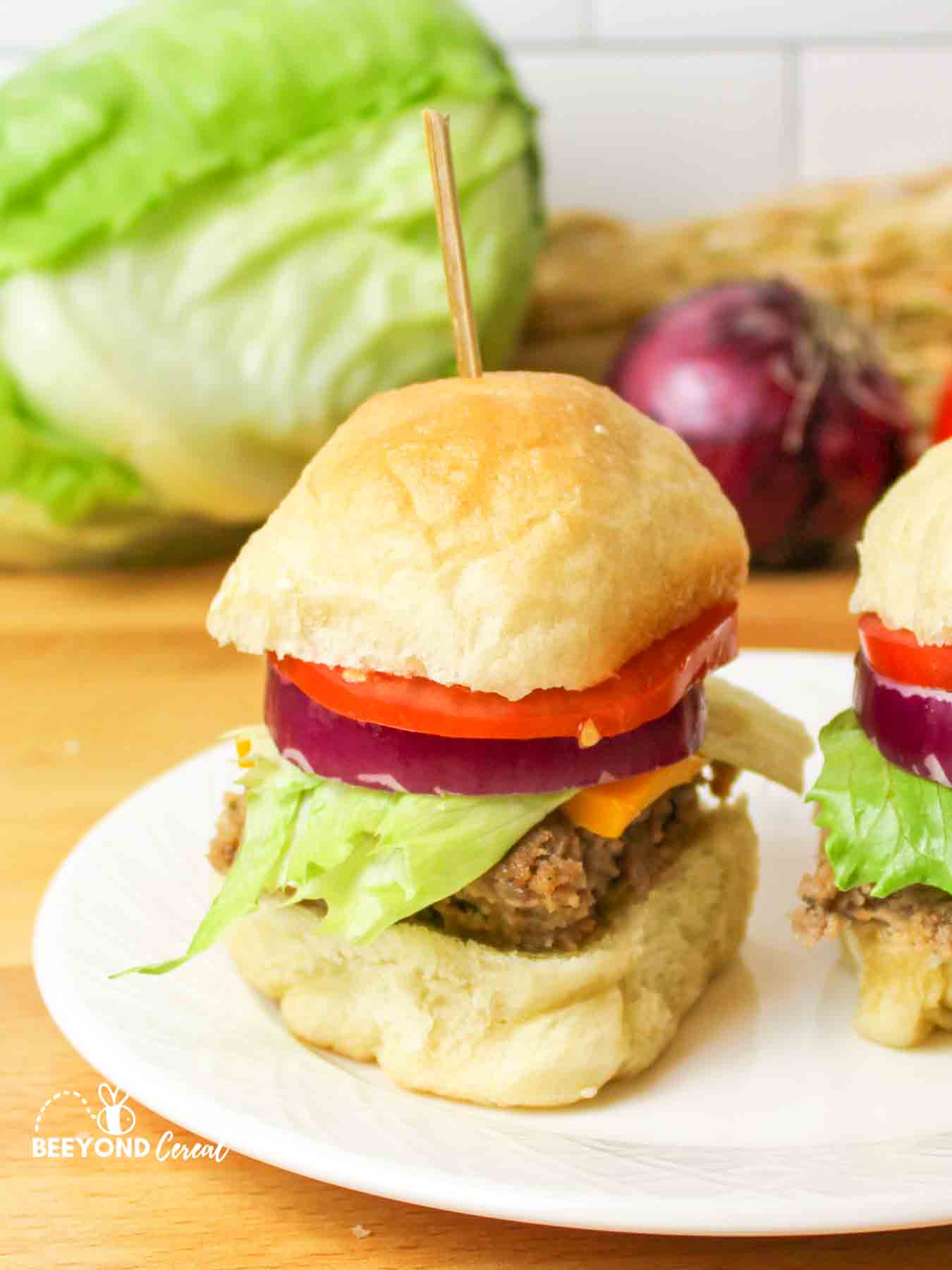
🍴 Recipe Tips
- Yeast Freshness Check- Ensure the yeast used in this vegan slider bun recipe is fresh by verifying its expiration date before incorporating it into the dough. Fresh yeast yields optimal results, so avoid using expired or old yeast.
- Sesame Bun Variation- Transform these vegan slider buns into sesame buns by brushing the tops with aquafaba (chickpea brine) and sprinkling sesame seeds before baking. Alternatively, olive oil can be used, but be aware that it may not effectively adhere the sesame seeds, leading to potential seed loss.
- Bread Texture Post-Baking- Upon removing the rolls from the oven, the tops will initially be firm, and the bread will produce a hollow sound when tapped. However, as the bread cools, it will gradually soften. Wrinkles forming on the top indicate moisture retention in the bread, resulting in a soft and flavorful interior, signaling well-baked buns.
🍞 How to Knead Bread Dough
For optimal results, hand-kneading dough is preferred over using an electric mixer. Follow these steps for a successful hand-kneading process:
- Preparation: Begin by placing the dough on a floured surface.
- Rolling Out: Use both hands to roll the dough into an oval shape.
- Folding Technique: Fold back half of the dough so it's sandwiched together, and repeat this process.
- Smoothing Out: As you roll the dough back into an oval, gently press and smooth it out. Rotate the dough about 90 degrees every few repetitions to ensure even kneading.
- Completion Check: The kneading process typically takes around 10 minutes. To determine if the dough is ready:
- Tear Test: The dough should not easily tear when stretched between your fingers, exhibiting a smooth texture without jagged edges.
- Elasticity Test: Poke the kneaded dough with your finger; it should quickly bounce back and fill in the indentation you made.
🥖 How Long to Proof Dough
Optimal Proofing Time- The duration required for dough proofing varies based on several factors such as weather conditions, yeast activity, and temperature. While it typically ranges from 1 to 3 hours, some may observe proofing in as little as 30 minutes.
Indicators of Proper Proofing- Rather than adhering strictly to a set time, focus on achieving specific dough characteristics, primarily doubling in size. Here are some guidelines for successful proofing:
- Covering Technique: To retain moisture and warmth, cover the dough bowl with greased plastic wrap. The cooking spray prevents sticking.
- Warm Environment: Place the covered dough in a warm location. One effective method is preheating the oven to 200 degrees F for 2 minutes, then turning it off and placing the dough inside until doubled in size.
- Alternative Locations: If not using the oven, consider placing the dough in a closed microwave, an oven with only the light turned on, or on a warm countertop on a sunny day.
💭 Recipe FAQs
Slider buns are like dinner rolls that have been split in half and filled like a sandwich. You can make them into just about any type of sandwich from loose meat to ham and cheese to a cheeseburger or parmesan chicken sandwich. The options are truly limitless and what makes sliders great is that they're small and compact so you can eat multiple or save room for other appetizer-type foods.
We love using the bread machine for recipes like Bread Machine Bagels, but it's great for bread dough too! You can make these homemade slider buns in a bread machine by adding in all of the ingredients in the order of your bread machine manual. Then close the lid and set it to dough cycle. Once proofed, punch it down and divide it out into rolls, place it into a greased baking dish to proof again, and then bake as directed on the recipe card.
When dividing the dough into 12 little balls, if you have a kitchen scale handy, measure the lumps out into about 2 ounce-sized balls. I think mine all came up to about 2.10 ounces, and that's what gave me 12 rolls of the exact same size. Your actual measurement may vary though as you could use more or less flour than I did, so just measure the dough as a whole and divide by 12.
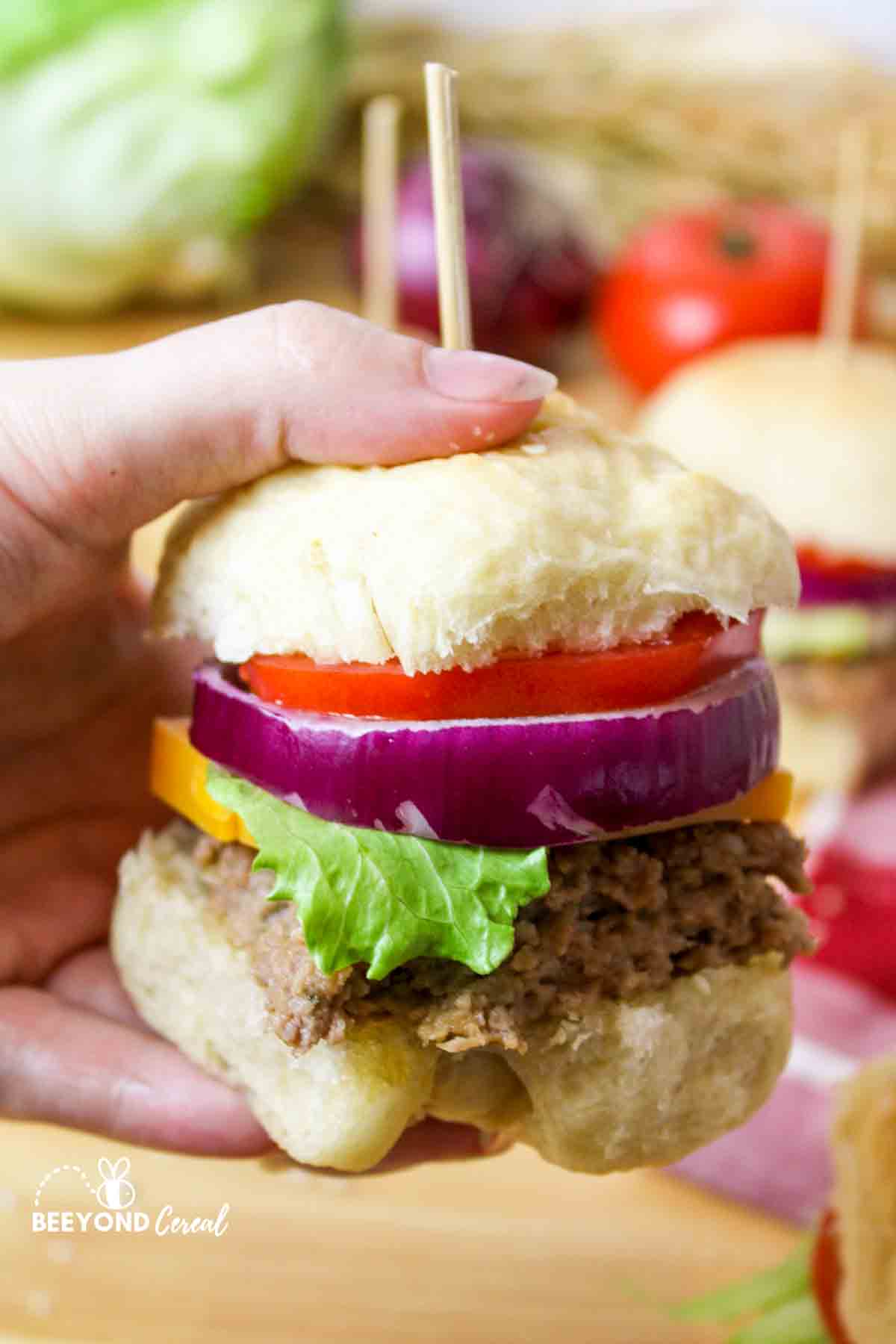
❤️ More Delicious Vegan Recipes
If you tried these vegan slider buns, please leave a ⭐️ star rating and share your feedback in the 📝 comments section below. I would truly appreciate it!
📖 Recipe
Vegan Slider Buns
Ingredients
- 2 ½ cups all purpose flour or bread flour ($0.33)
- 2 ¼ teaspoons active dry yeast (one packet) ($0.38)
- 1 ½ teaspoons salt ($0.01)
- 2 Tablespoons granulated sugar ($0.05)
- 3 Tablespoons vegetable or olive oil ($0.42)
- 1 cup warm water (about 110 degrees F) ($0.00)
Instructions
- In a bowl whisk together the flour, yeast, and salt.
- Make a well in the center and add to it the sugar, oil, and water.
- Stir to combine.
- Knead the dough on a floured surface for about 10 minutes until smooth and elastic. Feed it more flour as needed to get it no longer sticky. You may need to add up to another cup of flour.
- Place in a greased bowl and cover. Let rise until doubled, about 1 hour in a warm place.
- Punch down and divide into 12 equal sized pieces. I like to roll them into balls, flatten them and then tuck the edges up and underneath so I create a rounded top (like a bell shaped mushroom) so that they bake with a smoother appearance on top.
- Place into a greased 9x13 baking dish. There will be space between each roll.
- Cover again and rise until doubled (about another hour). The rolls should be touching their neighbors now.
- Bake in the oven at 400 degrees F for 15 minutes or until golden brown on top.
- Brush top with a vegan butter spread or olive oil immediately after removing from oven.
Bread machine option
- Place ingredients in order of owner manual for your specific bread machine.
- Turn the machine to "dough cycle" and close the lid. Waiting for the beep.
- Once the dough has been proofed, punch it down and continue with the above recipe starting off where the dough is divided and shaped into rolls for a greased baking dish.
Notes
- Knead the dough until it's springy and fills in an indent when poked.
- Divide the dough into 12 equal-sized balls, roughly 2 ounces each.
- For vegan sesame buns, brush with a vegan egg wash and sprinkle with sesame seeds before baking.
- Freshly baked buns will have hard tops, but they'll soften as they cool, with possible wrinkles on top, indicating a moist and delicious interior.

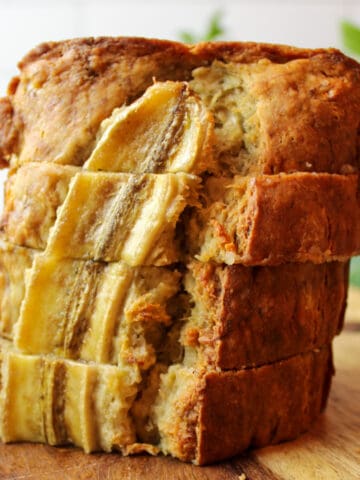
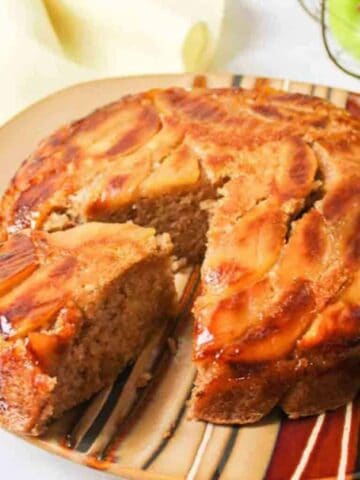
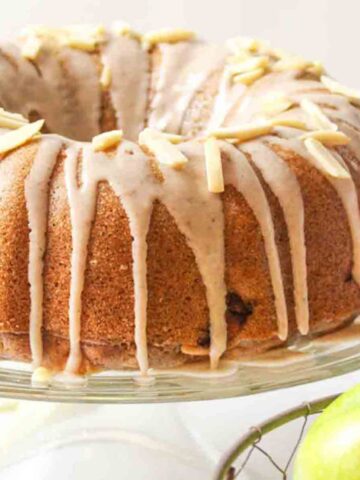
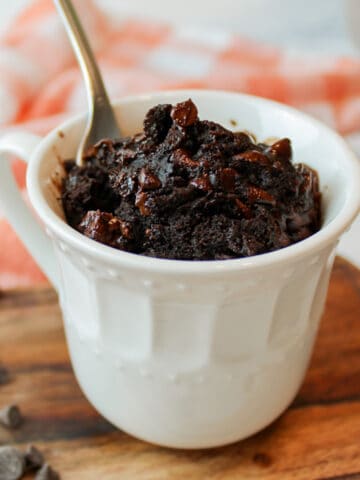

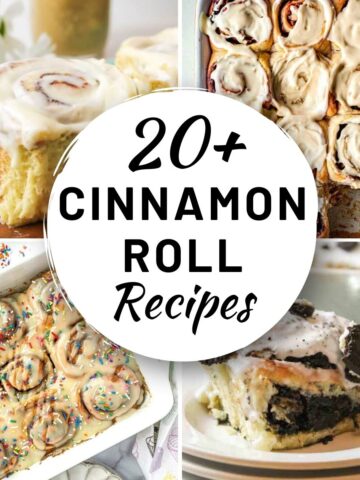
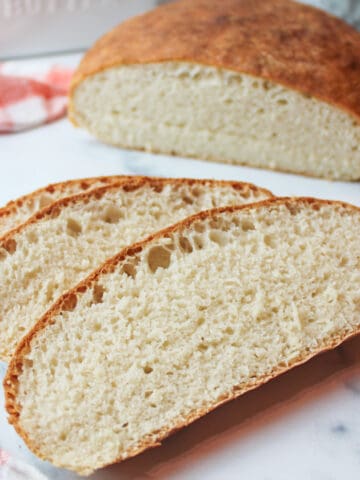


Comments
No Comments